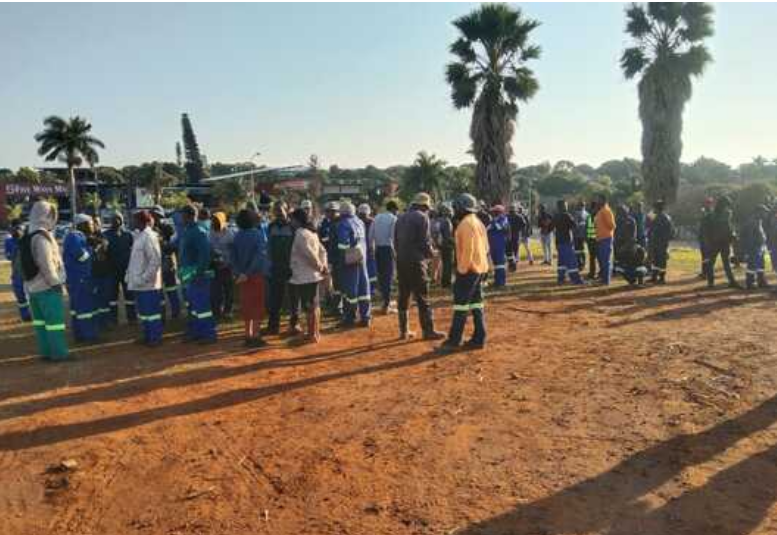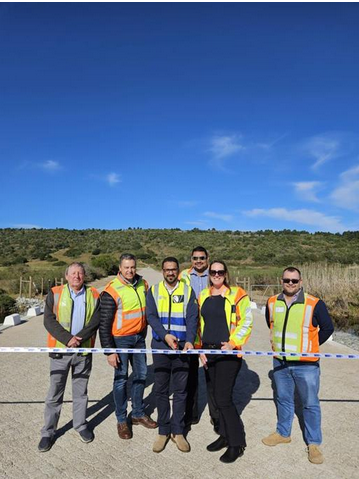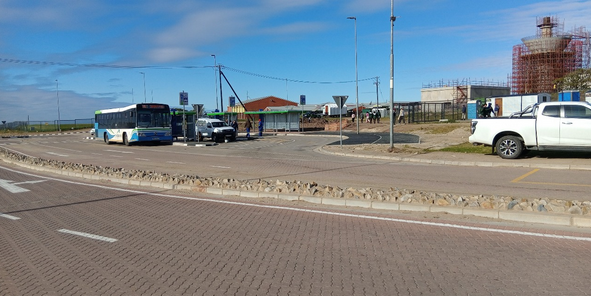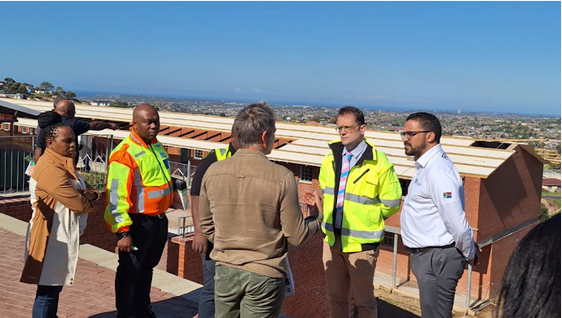Chapman’s Peak drive reconstruction starts

Advertising
24-01-2003
Read : 110 times
Engineering News
the chapman’s peak drive reconstruction project has begun, almost three years after the scenic coastal route between hout bay and noordhoek in the western cape was closed because of several hazardous rock falls.
entabeni concession company, the special-purpose company established by concor holdings, thebe tourism group, haw & inglis, and marib holdings to rehabilitate, operate and maintain chapman’s peak drive for 30 years as a toll-road, plans to reopen the road by the end of this year.
the purpose of the reconstruction is to improve the safety of the pass by installing various rock-fall protection measures, which will include swiss-designed rock catch-fences, short lengths of concrete canopies built over the road to protect road users from rock falls and a 140-m-long half-tunnel cut into the base of the cliff face.
project manager marcus minutelli and his team have started the first phase of construction of the r144-million contract.
this will cover the closed section of the road between the barriers at look out point and above monkey valley in noordhoek.
the activities in this area include barring down loose rocks above the road, blasting and excavating for the half-tunnel.
work on the approach roads from hout bay and noordhoek, which were still open to the public until the end of the festive season, will begin after this month.
the reconstructed road will have a number of innovative and high-tech designs and features. the 140-m half-tunnel at the base of chapman’s peak is thought to be the first of its kind in the country.
this entails cutting into the mountain at road level, then moving the road in under the protection of the resulting overhang. in another area two concrete cantilevered canopies with a total length of more than 80 m will be built.
this will ensure that any rocks that do fall off the mountain will at worst land close to the old rock-faced guard wall, while traffic will travel safely under the canopy.
new rock-catch fencing technology will also be used for the first time. the swiss-designed fences consist of interlocking rings of high-tensile wire, designed to trap rocks as they fall.
“they will be anchored into the rock by steel-wire ropes and gewi bars,” says minutelli.
there will be 1,6 km of catch fences in different sections that will be monitored and the fallen rocks removed periodically.
the fence nets will be coated with galfan and then brown polyethelene, while the posts and cables will be painted with brown tinitrol. these measures will provide additional corrosion protection to the fence systems.
“the road, with a new speed limit of 20 km/h to 40 km/h, will have sophisticated information signage and closed-circuit television cameras to monitor the traffic,” says minutelli.
“it will also have a seismic monitoring system to monitor rock-fall activities,” he says.
there will be no lighting on the road and stone-faced barrier walls will be built in place of more modern guardrails in keeping with the aesthetics of the road. originally known as the hout bay–noorde hoek road, construction of chapman’s peak drive began in 1915 from the hout bay side using convict labour provided by the newly-formed union government. construction from the noordhoek end started in 1916.
the whole project appeared to be incredibly expensive and a mission impossible, but on may 6, 1922 the scenic drive was officially opened.
it had taken seven years to build and had cost £20 000.
Recent News
Here are recent news articles from the Building and Construction Industry.
Have you signed up for your free copy yet?









